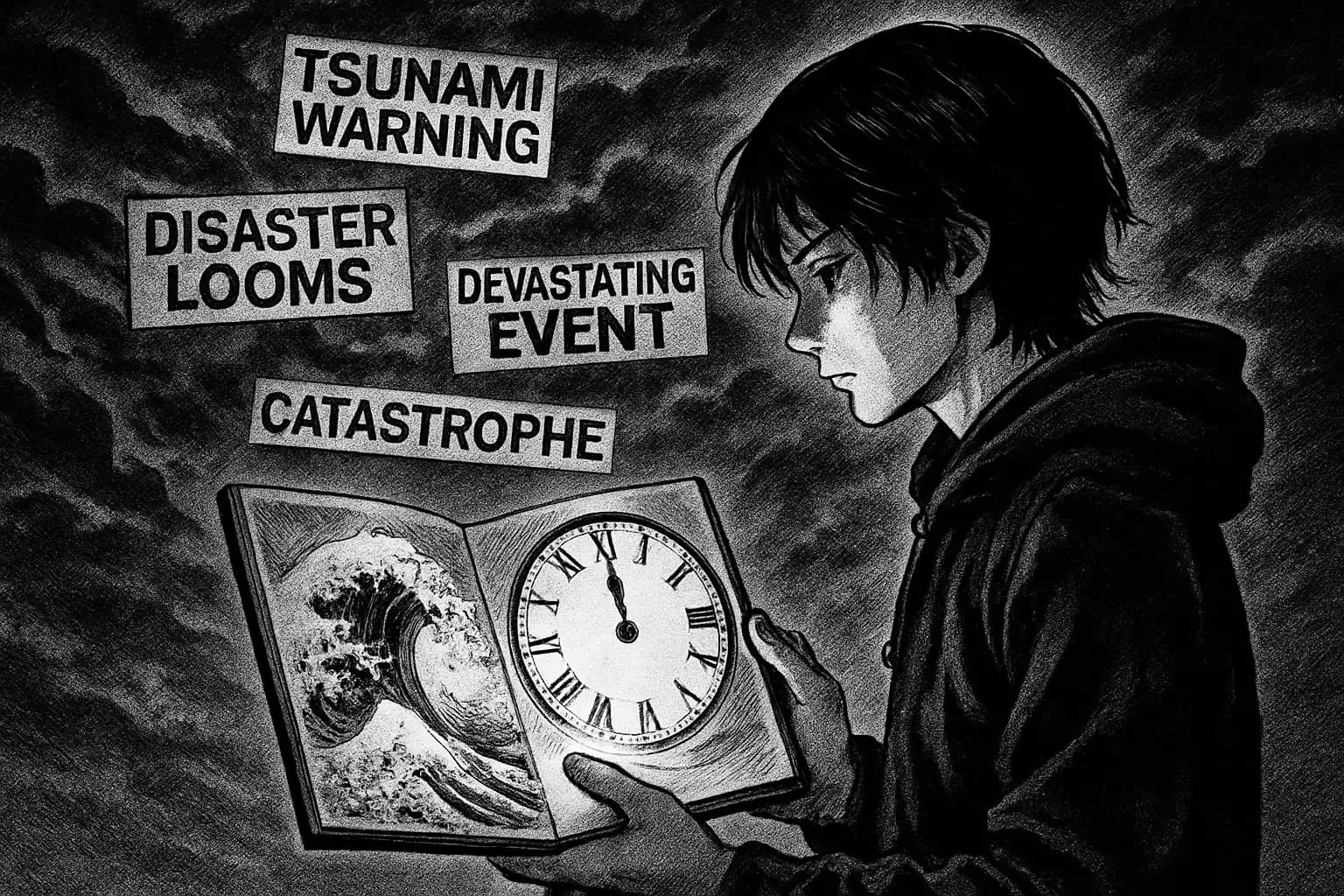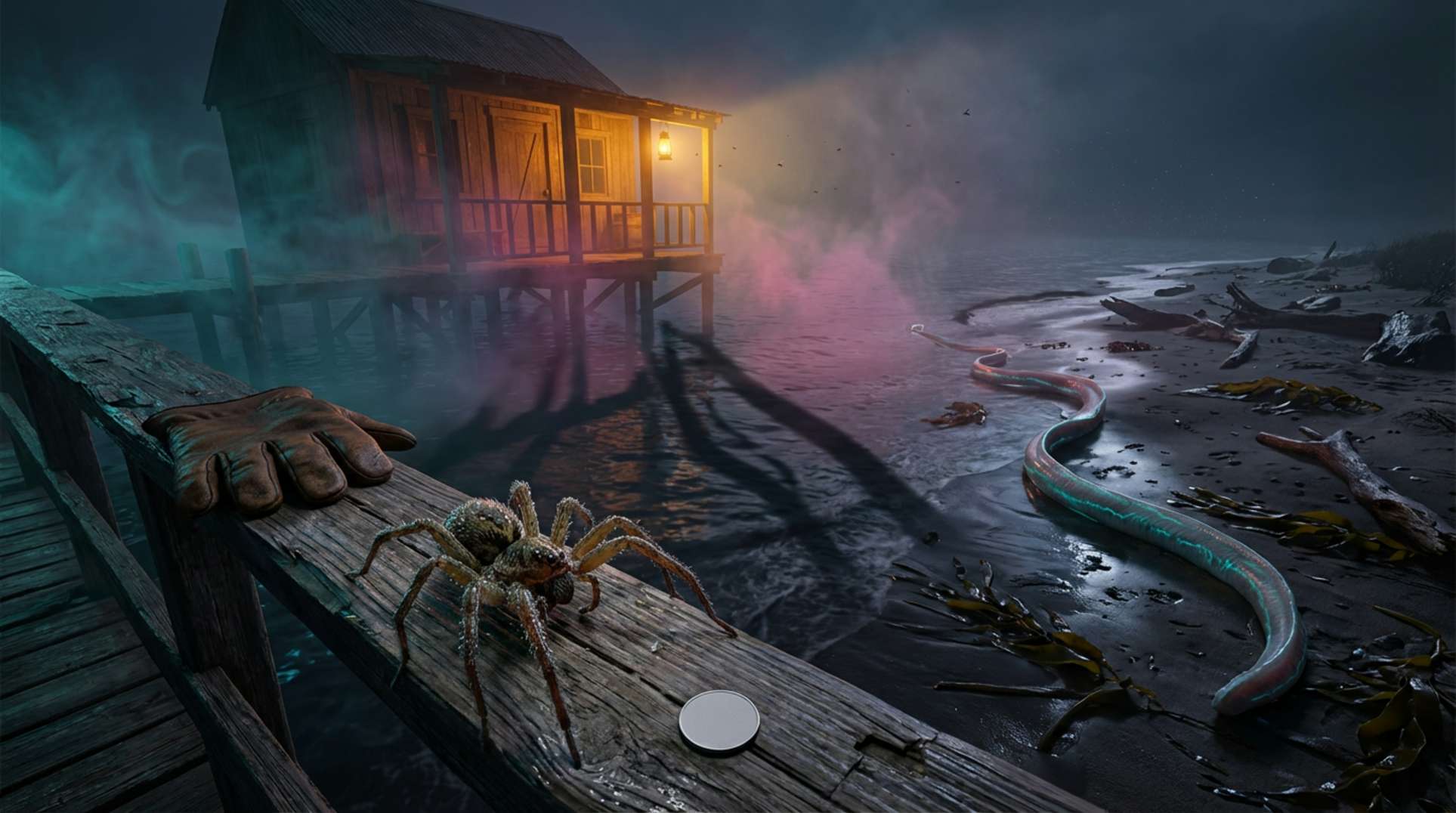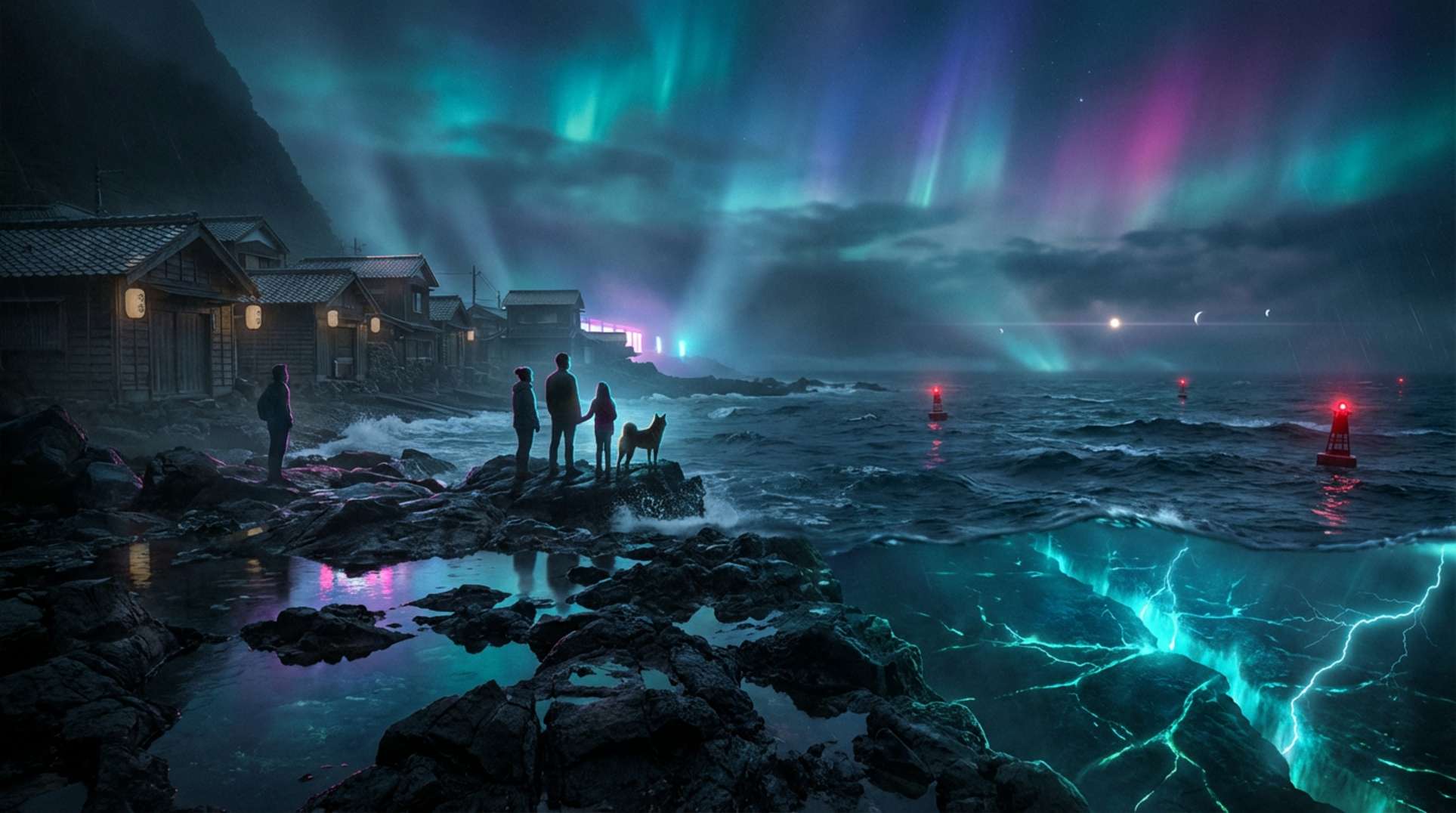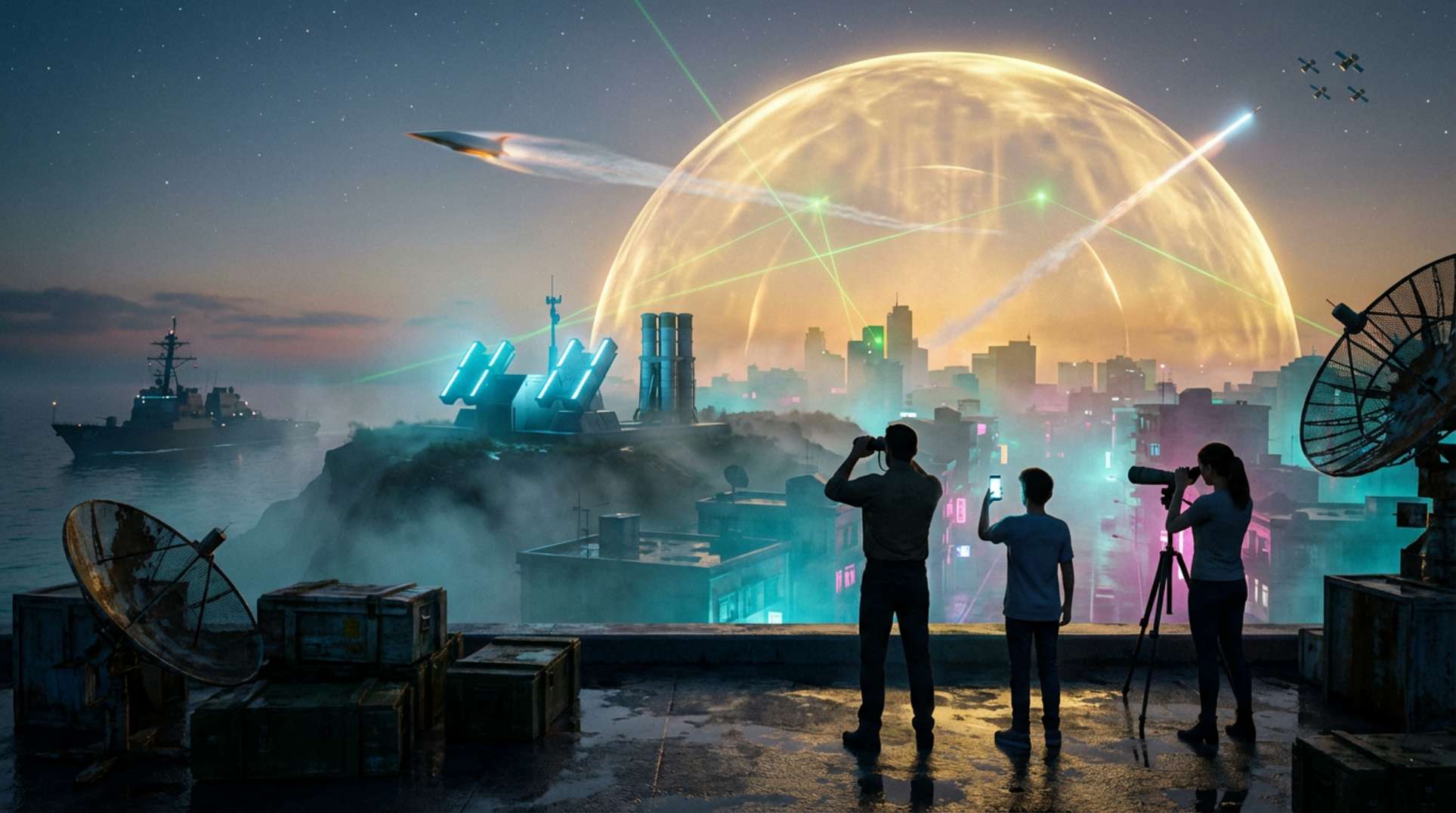The warning sits in bold red kanji on a recycled pulp cover: “The real catastrophe will come in July 2025.” When manga artist Ryo Tatsuki self-published The Future I Saw in 1999, only a few thousand copies circulated through Tokyo’s indie scene. Twenty-five years later, its penciled “predictions” began to come true, morphing that battered booklet into a black-market grail. Collectors now bid five figures, and Reddit threads refresh by the minute, all hunting for the answer: what happens on July 5?
The frenzy reignited in 2011. Japan’s Tōhoku earthquake and tsunami mirrored a panel from Tatsuki’s book. Bloggers pulled receipts—earlier sketches hinted at the deaths of Freddie Mercury and Princess Diana. Since then, the comic’s aura has swelled, matching the end-times mood behind investigations from nuclear countdowns to AI-driven doom loops. Each click draws in another believer, edging a cult story toward global meme.
Lost Pages, Viral Resurrection: How the Manga Became a Myth
Tatsuki, a pen name with no public face, released her 35-page zine at Comiket ’99. It faded into second-hand bins until Twitter sleuths spotted uncanny parallels between Panel 18 and helicopter shots of the flooded Fukushima coastline in 2011. A Medium long-read detailed the discovery; that piece, the top result in our Brave search, can be found here. Overnight, The Future I Saw vaulted from obscurity to urban-legend status.
Publishers smelled opportunity. A 2021 “complete edition” hit shelves, boasting one new page: a tidal wave swallowing a nondescript skyline beneath the caption, “The real disaster arrives 2025.07.05.” Sales soared, only to stumble when Tatsuki ghosted her press tour. The vanishing act deepened intrigue, echoing the secrecy around military megaprojects explored in underground-base exposés. Who was she protecting—or warning?
Tatsuki’s Track Record: Coincidence, Cold Reading, or Clairvoyance?
Fans tally thirteen fulfilled sketches. Some are trivial (a pop idol’s haircut), others are unsettlingly precise. Panel 4 shows a London car crash dated “1997.8,” which devotees connect to Princess Diana’s death that August. Panel 12 depicts masked crowds under the line “new virus” years before COVID-19. A health-news portal detailed the case file; its Brave-indexed explainer lives here.
Skeptics counter with statistics. Over two decades, probability ensures some sketches align with reality, especially once readers stretch interpretations. This flexibility mirrors the “hindsight bias” psychologists cite in evaluating prophecy. Yet even statisticians admit the tsunami panel hits hard: identical coastline curvature, identical wave form, and identical date window—a haunting image.
Parapsychologists call the phenomenon precognition, a term labeled pseudoscience in academic circles. Large-scale studies find no replicable effect, but public fascination endures, from Nostradamus to TikTok tarot. People crave order in chaos—and a manga panel offers just enough narrative scaffolding to hold an apocalypse.
Dream Science vs. Dream Hype: Can the Brain Really See the Future?
Ryo Tatsuki claims each drawing came from a nocturnal vision. This detail matters: precognitive dreams dominate anecdotal prophecy. Sleep-lab research shows REM cycles mix memories with anticipatory simulations, a process the brain uses to test threat scenarios. Most never match future events, but when one does, recall spikes, etching the dream into folklore.
Neuroscientist Julia Kwan likens the effect to viral mutation: “Billions of dreams fail; one blindsides reality and spreads.” She cites surveys where up to 20% report at least one “future dream.” Critics highlight selective memory—missed hits vanish, confirmed hits shine. That psychological filter mirrors the doomscroll curation dissected in digital-trauma studies.
Still, governments quietly hedge. Japan’s Disaster Management Bureau ordered scenario workshops for a hypothetical “Nankai Event” in mid-2025. The sessions, leaked to Asahi Shimbun, align eerily with Tatsuki’s date. Officials deny any connection, but the timing fuels conspiracy threads faster than fact-checkers can log in.
The 2025 Catastrophe: Reading the Clues Between the Panels
The final page shows a foaming wave, a headless clock, and a silhouette screaming “N.” Analysts parse every ink stroke. Some see the Nankai Trough megathrust, overdue for a magnitude-8 quake. Others point to the North Pacific, invoking climate-driven superstorms similar to those modeled in geomagnetic-storm forecasts. A fringe group links “N” to nuclear, citing Fukushima’s still-volatile fuel rods.
Geologists remind observers that Japan’s seismic record predicts a 70% chance of a major Nankai quake by 2045. In that sense, the manga’s prophecy may lean more toward probability than psychic insight. Yet probability rarely galvanizes public imagination; prophecy does. Bulk orders for emergency rations have tripled on Tokyo e-commerce platforms since April, echoing the bunker boom mapped in regional-conflict coverage. Retailers quietly stock iodine tablets and inflatable kayaks alongside manga reprints—a consumer tableau worthy of dystopian satire.
Cultural Aftershocks: From Urban Legend to National Preparedness
Pop culture has seized the narrative. A Netflix docudrama is in pre-production; J-pop idol Yuriko’s next single samples Tatsuki’s panel dialogue. Tourism boards in inland prefectures market “Safe-Zone Staycations” for July 2025. Even the fashion sector leans in: streetwear label Cataclysm dropped a hoodie stamped with 07-05-25 that sold out in hours.
Not everyone cashes in. Survivor networks from Tōhoku circulate practical guides: store two weeks of water, keep solar chargers, memorize evacuation routes. Their advice aligns with the preparedness ethos on Unexplained.co, where crowdsourced hazard maps now include a Tatsuki overlay. The site’s moderators admit they don’t believe in prophecy, but they defend the map: “If fear motivates preparation, let fear talk.”
Academics worry sensationalism could backfire. Should July 5 pass quietly, trust in seismic warnings might erode, leaving citizens less attentive to real alerts. This cry-wolf paradox echoes climate communication and pandemic planning—as discussed in resonance-event analyses.
Between Faith and Forecast: What Happens After Midnight, July 5, 2025?
Whether the date delivers fire or just fireworks, the Tatsuki saga reveals much. It illustrates how a single, ambiguous artifact can hijack algorithms, media cycles, and policy spreadsheets. It shows our hunger for certainty amidst news of collapsing ice shelves, rogue AIs, and border skirmishes (see global-tension primers) flooding our feed. In a less anxious era, The Future I Saw might have stayed a quirky zine; in 2024 it feels like a countdown clock.
Tatsuki herself remains silent, rumored to live off-grid in Kyushu. Perhaps she’s watching the storm she sketched decades ago gather momentum online. Perhaps, like many artists, she’s bemused that audiences mistake metaphor for oracle. Come dawn on July 6, we’ll know whether her final panel was clairvoyance, coincidence, or an exquisite act of collective storytelling. Until then, the world keeps scrolling, prepping, and dreaming—because some stories, true or not, demand our attention before they demand proof.




